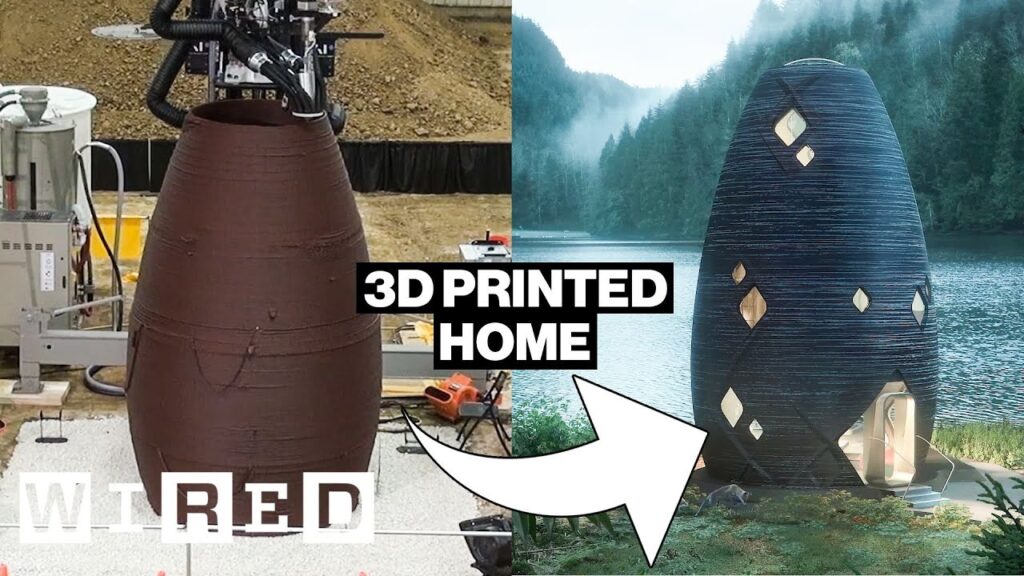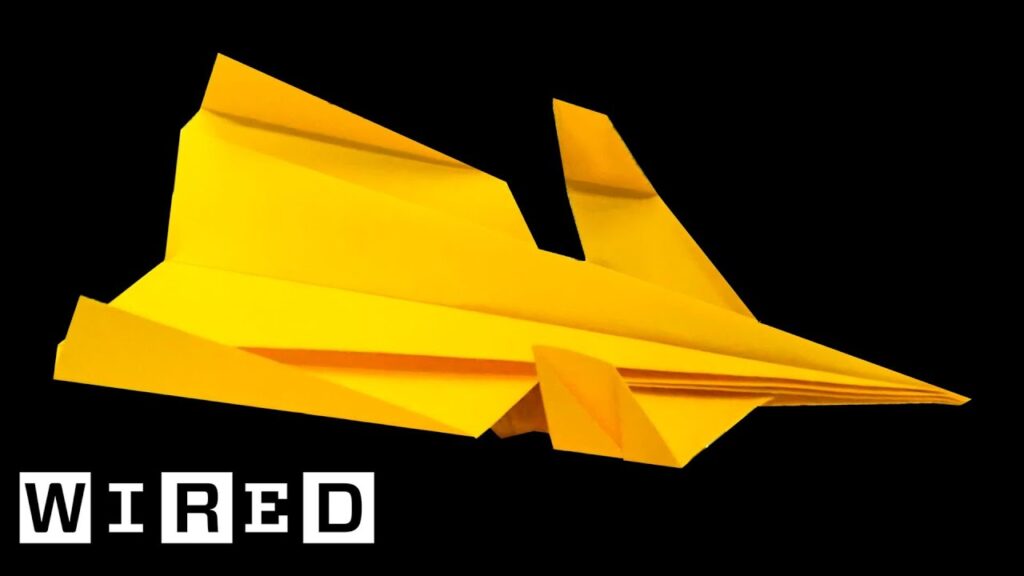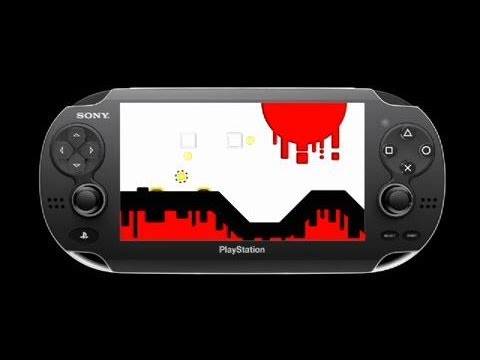Lifting Fingerprints: Techniques and Tips for Crime Scene Analysts
Summary
In this article, we explore the process of lifting fingerprints from different surfaces. We learn about the use of fingerprint powder and brushes on smooth and non-porous surfaces, as well as the use of Micro Si or silicone for textured or curved surfaces. We also discuss a technique for lifting prints off of wet or greasy surfaces, and the importance of labeling and securing the prints for examination and enhancement.
Table of Contents
- The Basics of Lifting Fingerprints
- Lifting Prints from Textured or Curved Surfaces
- Lifting Prints from Wet or Greasy Surfaces
- Securing and Examining the Prints
The Basics of Lifting Fingerprints
Matt Steine, a senior crime scene analyst, explains the use of deductive reasoning to determine the handedness of a victim. Louise Matsaki, a staff writer at Wire, learns how to lift fingerprints from different surfaces with Matt’s guidance. They start with a smooth and non-porous Plexiglas surface, using fingerprint powder and brushes to dust the surface and follow the ridge detail of the print. After the print is developed, they use a specially designed packing tape to lift the print and transfer it onto an acetate. The final step is to rub out any air bubbles and ensure a clean transfer of the print onto the acetate.
Lifting Prints from Textured or Curved Surfaces
Matt explains that while smooth and non-porous surfaces are ideal for lifting prints, textured or curved surfaces require a product called Micro Si or any casting type of silicone component. He also discusses the use of a black powder and brushes to apply the powder to the surface to reveal the fingerprint. Matt then demonstrates the use of Micro Seal to recover fingerprints or impressions from difficult surfaces. He explains that the recovered print should be secured and sent to the lab for examination and enhancement.
Lifting Prints from Wet or Greasy Surfaces
Fingerprints are mostly made up of water, minerals, salt, amino acids, and lipids. Matt explains that a suspended solution of molybdenum disulfide can react with the fats in a fingerprint to make them stand out. The technique involves coating the surface with the solution and looking for areas where it beads off, indicating the presence of a fingerprint. The technique can be used on wet or greasy surfaces and can even be used to lift bloody fingerprints. Matt emphasizes the importance of drawing diagrams and labeling the location of the print.
Securing and Examining the Prints
Matt explains that time constraints may require analysts to lift prints immediately, even in adverse weather conditions. He emphasizes the importance of securing the prints and sending them to the lab for examination and enhancement. The lab can use techniques such as superglue fuming, ninhydrin, and silver nitrate to enhance the print and reveal more detail.
Conclusion
Lifting fingerprints is a crucial part of crime scene analysis. With the right techniques and tools, analysts can recover prints from a variety of surfaces, including textured or curved surfaces, wet or greasy surfaces, and even bloody prints. It’s important to secure and label the prints properly and send them to the lab for examination and enhancement.






